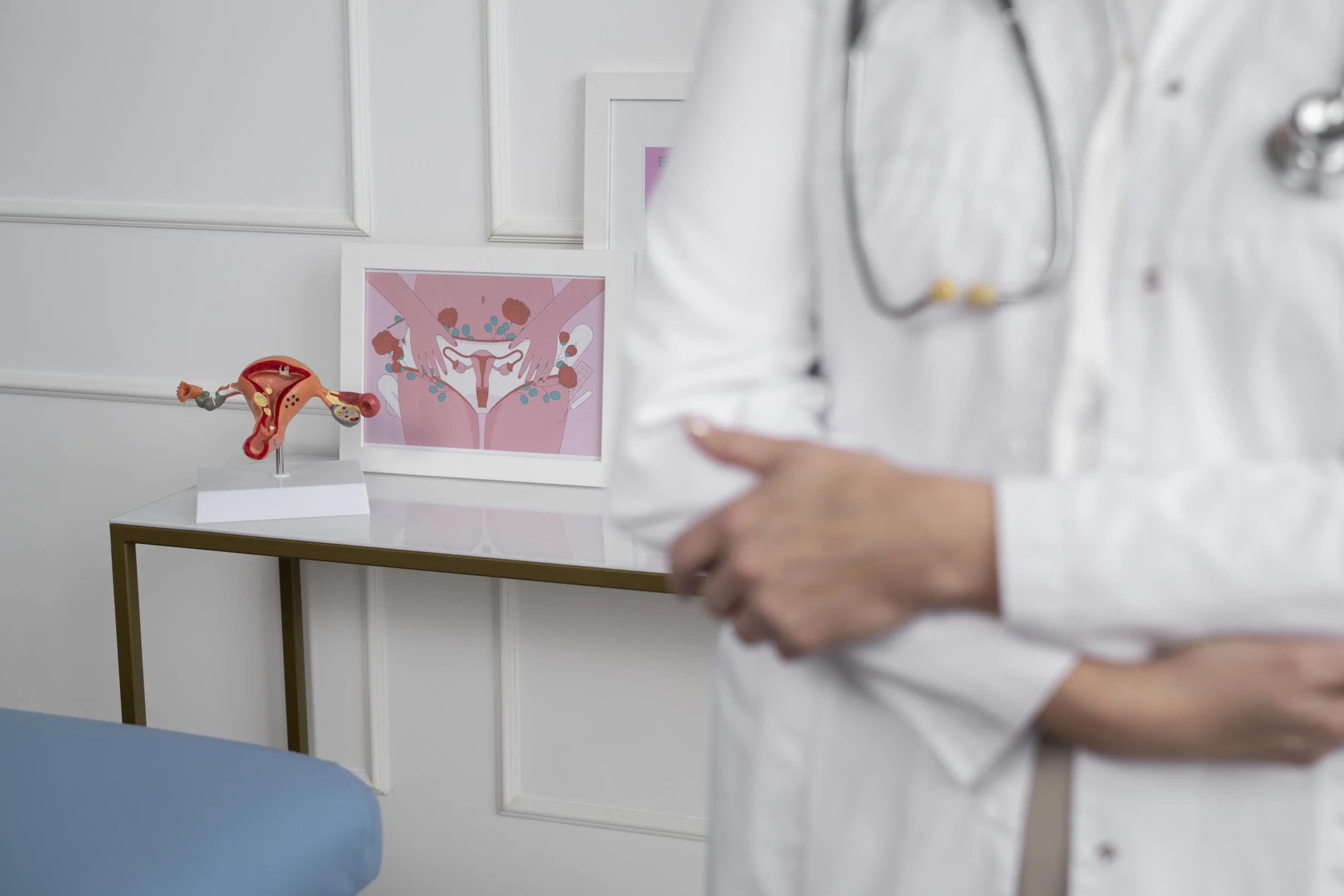
Vaginoplasty is a surgical procedure that tightens the vaginal canal and surrounding tissues to restore tone, strength, and support. Often chosen by women experiencing vaginal laxity due to childbirth, aging, or hormonal changes, it enhances both sexual satisfaction and pelvic integrity.
Vaginoplasty can be performed alone or as part of a comprehensive genital rejuvenation plan, which may include colporrhaphy, perineoplasty, laser treatments, and mucosal support therapies.
To correct vaginal looseness and muscle weakness
To address pelvic floor laxity or vaginal gaping
To improve intimate confidence and body image
To complement labial or perineal corrections after childbirth
You may be an ideal candidate for vaginoplasty or a combined approach if you:
Feel a noticeable loss of vaginal tightness or internal tone
Have experienced multiple childbirths or trauma to the vaginal area
Are in good health, emotionally prepared, and not planning more pregnancies
Desire to improve intimate comfort and satisfaction
Are open to combining surgical and non-surgical methods for optimal results
Tightens internal vaginal muscles and removes excess mucosa. Restores the strength and shape of the vaginal canal.
Anterior colporrhaphy repairs bladder prolapse (cystocele)
Posterior colporrhaphy addresses rectal bulge (rectocele)
Supports the vaginal wall and improves pelvic strength.
Reconstructs and tightens the perineum—the area between the vagina and anus. Often performed with vaginoplasty to support the vaginal opening and enhance aesthetic results.
Non-invasive treatment using fractional CO₂ or RF energy to improve vaginal tightness, lubrication, and mucosal tone—ideal for mild laxity and menopausal dryness.
Uses radiofrequency or focused ultrasound energy to gently stimulate collagen and elastin. Painless, quick, and ideal for postpartum or early laxity.
Detailed evaluation of the vaginal lining, elasticity, dryness, and general tissue health to tailor the best surgical or energy-based rejuvenation plan.
Customized treatment plans often combine:
Vaginoplasty + perineoplasty
Vaginoplasty + mucosal rejuvenation
Vaginoplasty + labiaplasty
This ensures both functional restoration and aesthetic harmony.
Private consultation and pelvic evaluation
Review of childbirth history, symptoms, and goals
Pre-op instructions: avoid smoking, alcohol, and sexual activity
Schedule time off and arrange for post-op support at home
Expect mild discomfort, swelling, and tightness
Use prescribed pain relief and follow hygiene guidance
Avoid intercourse, tampon use, or intense physical activity for 6–8 weeks
Attend follow-up visits to monitor healing
Improved vaginal tone, friction, and control
Enhanced sexual sensation and confidence
Restored pelvic support and perineal structure
Option for non-surgical support for surface tissue and mucosa
A custom plan for long-term intimate wellness
Vaginoplasty tightens the internal canal, while perineoplasty improves the external support and closure of the vaginal opening.
If bladder or rectal support is needed, colporrhaphy can be combined to help improve urinary or bowel control.
No. Sensation is usually improved, not reduced. Most women report enhanced awareness and pleasure after healing.
Yes—for mild laxity. It works best in early stages of tissue weakening and can complement surgery for longer-term maintenance.
No. Incisions are made inside the vaginal canal and are not externally visible.
Discomfort is moderate in the first few days and easily managed with medications. Most patients resume light activity within a week.
Typically after 6–8 weeks, once full healing and flexibility return.
Yes. Many partners note improved tightness and mutual satisfaction, but communication and healing time are key.
No. Women of all adult ages, especially those who’ve given birth, seek vaginoplasty for functional and confidence-related reasons.
Surgical results are long-lasting, especially if no further childbirth occurs. Non-surgical results may require maintenance sessions yearly.

Medipol University Hospital, being the justifiably proud of Medipol Education and Health Group in Turkey and in the world, resulting in this spirit, is a health complex having JCI standards accepting patients from all over the world.
TEM Avrupa otoyolu göztepe çıkışı no:1, 34214 Bağcılar/İstanbul